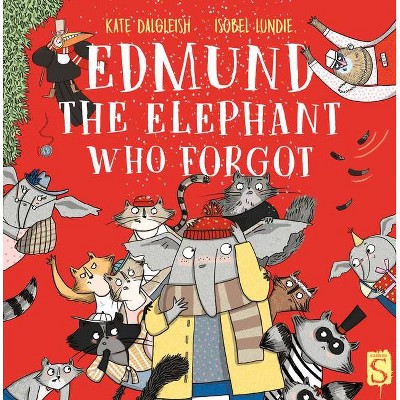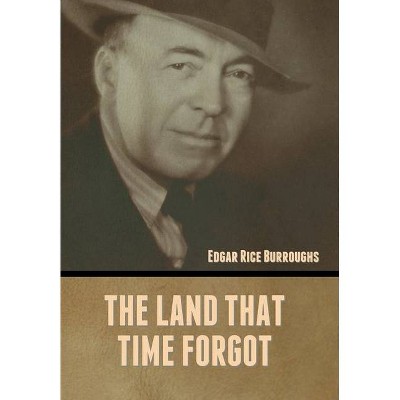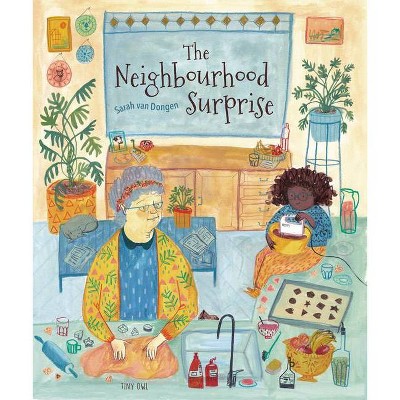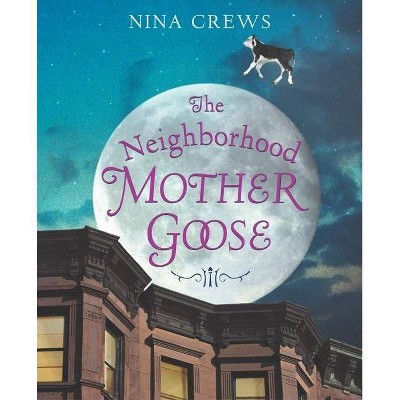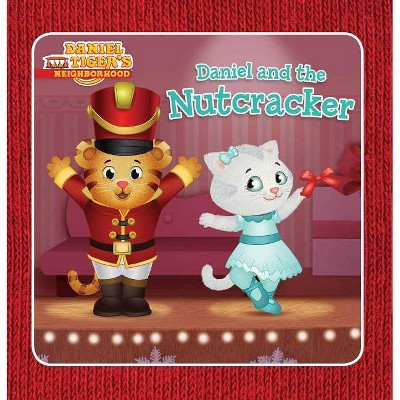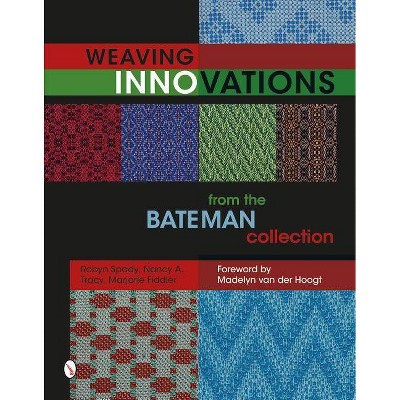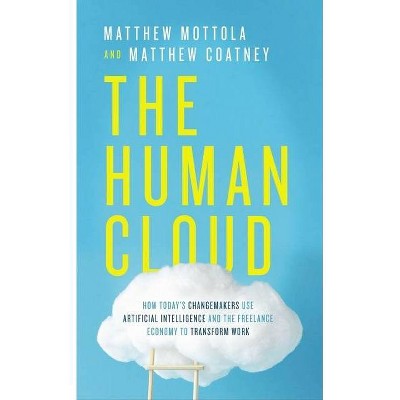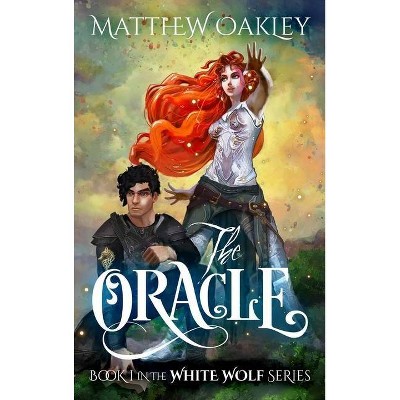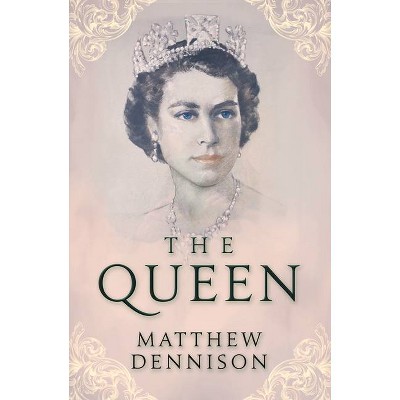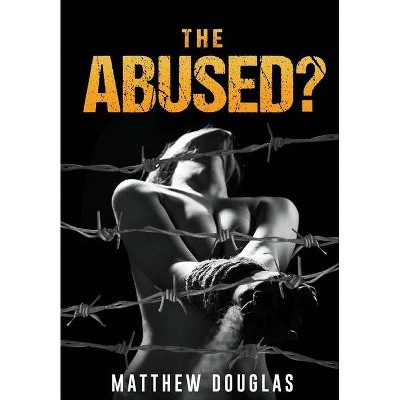The Neighborhood Manhattan Forgot - by Matthew Spady (Hardcover)
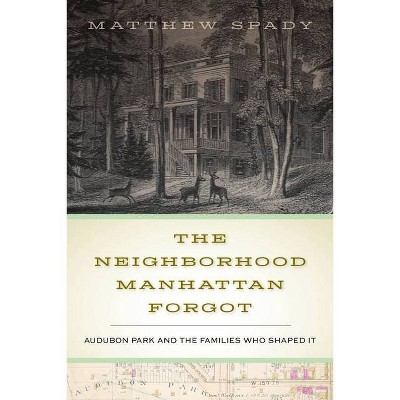
Similar Products
Products of same category from the store
AllProduct info
<p/><br></br><p><b> About the Book </b></p></br></br><b>Audubon Park's journey from farm to cityscape</b><b></b><p/><br></br><p><b> Book Synopsis </b></p></br></br><p><b>Audubon Park's journey from farmland to cityscape</b> <p/>The study of Audubon Park's origins, maturation, and disappearance is at root the study of a rural society evolving into an urban community, an examination of the relationship between people and the land they inhabit. When John James Audubon bought fourteen acres of northern Manhattan farmland in 1841, he set in motion a chain of events that moved forward inexorably to the streetscape that emerged seven decades later. The story of how that happened makes up the pages of <i>The Neighborhood Manhattan Forgot: Audubon Park and the </i><i>Families Who Shaped It</i>. <p/>This fully illustrated history peels back the many layers of a rural society evolving into an urban community, enlivened by the people who propelled it forward: property owners, tenants, laborers, and servants. <i>The Neighborhood Manhattan Forgot</i> tells the intricate tale of how individual choices in the face of family dysfunction, economic crises, technological developments, and the myriad daily occurrences that elicit personal reflection and change of course pushed Audubon Park forward to the cityscape that distinguishes the neighborhood today. <p/>A longtime evangelist for Manhattan's Audubon Park neighborhood, author Matthew Spady delves deep into the lives of the two families most responsible over time for the anomalous arrangement of today's streetscape: the Audubons and the Grinnells. Buoyed by his extensive research, Spady reveals the darker truth behind John James Audubon (1785-1851), a towering patriarch who consumed the lives of his family members in pursuit of his own goals. He then narrates how fifty years after Audubon's death, George Bird Grinnell (1849-1938) and his siblings found themselves the owners of extensive property that was not yielding sufficient income to pay taxes, insurance, and maintenance. Like the Audubons, they planned an exit strategy for controlled change that would have an unexpected ending. <p/>Beginning with the Audubons' return to America in 1839, <i>The Neighborhood Manhattan </i><i>Forgot</i> follows the many twists and turns of the area's path from forest to city, ending in the twenty-first century with the Audubon name re-purposed in today's historic district, a multiethnic, multi-racial urban neighborhood far removed from the homogeneous, Eurocentric Audubon Park suburb.</p><p/><br></br><p><b> Review Quotes </b></p></br></br><br><p>Every community in New York should have a book that carefully outlines the story that makes it an important place... <p/>So said the late great chronicler of the city, Christopher Gray. Audubon Park in Washington Heights has long been overlooked. But with Mathew Spady's <i>The Neighborhood Manhattan Forgot, </i> meticulous and masterful, it now has such a book. <p/>It is a marvel. And though it's as painstaking as an academic treatis, instead it's a griping historical adventure story. In its pages one is propelled through time and space. We start by meeting the father of the world's ecology movement, John James Audubon. We come to know his patient and supportive wife Lucy and their sons. We learn of the the quest they shared, to improve their lives and to improve the world. <p/>This we come to see, thanks to Spadey's skilled storytelling, has been the goal of everyone who's lived or worked here ever since, from Madame Jumel, to Daddy Grace. All their histories illuminate the strivings, struggles and trimumphs of natives and immigrants, Wasps, German Jews, blacks, Latinos and hipsters. They make of <i>The Neighborhood Manhattan Forgot, </i>a most precious jewel of the American Dream. <p/>This rich history, presented in a varried and memorable architectural framework, attests not just to the abilities of little known designers like George and Edward Blumm or Emory Roth. Relating our shared multicultural heritage, <i>The Neighborhood Manhattan Forgot, </i>is one wonderful book that celebrates everyone.</p><b>---Michael Henry Adams, an independent architectural, social and cultural scholar focused on Harlem, Newport and LGBT+ history., <i></i></b><br><br>For $4,938, [Audubon] bought 14 acres of of picturesque woodland along the Hudson River in the area now known as Washington Heights... Thus began the humanization of the area's natural landscape, a process that would inexorably lead--with considerable irony--to the transformation of the renowned naturalist's beloved country holdings into a densely populated urban neighborhood of cheek-by-jowl apartment buildings. The story of the area's evolution from hinterland to suburb to city is comprehensively told in Matthew Spady's fluidly written new history, <i>The Neighborhood Manhattan Forgot: Audubon Park and the Families Who Shaped It</i>.-- "The New York Times"<br><br>With a cast of characters drawn from nineteenth-century New York City, this fully illustrated history peels back the many layers of a rural society evolving into an urban community, enlivened by the people who propelled it forward: property owners, tenants, laborers, and servants. Thoroughly researched through primary and secondary sources, as well as private collections, <i>The Neighborhood Manhattan </i><i>Forgot </i>tells the story of how individual choices in the face of family dysfunction, economic crises, and technological developments pushed Audubon Park forward to the cityscape that distinguishes the neighborhood today.-- "New York Almanack"<br><br>An illuminating treat! Matthew Spady introduces a remarkable old New York enclave that once flourished beyond Manhattanville in Upper Manhattan, personifying a suburban allure that shaped the breadth of the burgeoning city. A work rich in vivid historical detail and anecdotal observation as it retraces the neighborhood's fascinating arc from remote woodland estate to the enduring Beaux Arts streetscape one still visits today.<b>---Eric K. Washington, author of Manhattanville: Old Heart of West Harlem, <i></i></b><br><br>As a historian, Matthew Spady is a superb tour guide--and vice versa. His vivid chronicle of the evolution of Audubon Park is confident and enlightening, a primer on how to excavate and assemble a portrait of a neighborhood. From Manhattan's vest pocket he plucks the tales of two extraordinary families -- the Audubons and Grinnells--and deftly weaves a thousand revealing threads into the grander tapestry that is New York.<b>---John Taliaferro, author of Grinnell: America's Environmental Pioneer and His Restless Drive to Save the West, <i></i></b><br><br>Matthew Spady's deeply researched and well-written history of the origins and growth of what came to be known as Audubon Park sets a very high bar for historians and scholars. While it is a history of the place in northern Manhattan, Spady's work also comprises the first full account of the extended family of John James Audubon, whose lives were largely consumed by the work of their famous patriarch, and the first detailed account of how George Bird Grinnell, life-long friend of Audubon's wife, Lucy, influenced the later development of the property on which Audubon built his first and only family home overlooking the Hudson River in 1842. One of Mr. Spady's accomplishments as a writer is maintaining a neutral tone while developing his story that could easily lead one to quiet lamentation over the environmental costs of the decades of development. One of the great satisfactions readers of this work will enjoy is that the art of drawing insightful, helpful, and fair inferences from information others might overlook is apparent throughout.<b>---Daniel Patterson, Emeritus Professor of English, Central Michigan University, <i></i></b><br><br>To restore the resonant history of a New York City urban legend, Matthew Spady peels back the layers of history in a labyrinthine odyssey: from the Eden-like Minnie's Land property of rock star artist-naturalist John James Audubon (1841) to the Upper West Side urban suburb of the Audubon Park Historic District (2009). Told by its resident keeper of the flame and founding director of the Audubon Park Alliance, this well-documented saga of demographics chronicles a dazzling cast of characters and a plot fraught with idealism, speculation, and expansion, as well as religious, political, and real estate machinations. In its pages the three L's--location, location, and location--are replaced with the three A's-- affordability, access to nature outside the city center, and advantageous transportation.<b>---Roberta J.M. Olson, Ph.D., Curator of Drawings, New-York Historical Society Museum and Library, Professor Emerita of Art History, Wheaton College, Norton, MA, <i></i></b><br><p/><br></br><p><b> About the Author </b></p></br></br><b>Matthew Spady</b> is the creator of the virtual walking tour AudubonParkNY.com and curator for AudubonParkPerspectives.org, a news site that reflects on the constant intersection of past and present in a vibrant and historic neighborhood. He is a leader in the decade-long community effort that culminated in the Audubon Park Historic District.
Price History
Cheapest price in the interval: 26.99 on October 22, 2021
Most expensive price in the interval: 26.99 on December 20, 2021
Price Archive shows prices from various stores, lets you see history and find the cheapest. There is no actual sale on the website. For all support, inquiry and suggestion messagescommunication@pricearchive.us
